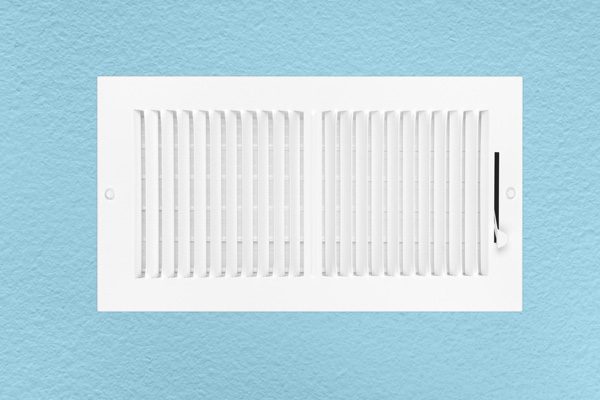Closing HVAC vents in unused rooms might seem like a practical way to conserve energy and manage heating or cooling more efficiently. However, this action can have unintended consequences that adversely affect your HVAC system, much like how blocked arteries can strain the heart.
The Heart and HVAC Analogy
Consider your HVAC system as the heart of your home’s climate control, with the ductwork acting as the arteries and veins distributing air throughout the space. When vents are closed, it increases pressure within the ductwork, similar to how blocked arteries increase blood pressure. This elevated pressure forces the blower motor—the heart’s equivalent—to work harder to maintain airflow, potentially leading to overheating and failure.
Potential Damage to HVAC Components
The increased pressure from closed vents doesn’t just strain the blower motor. It can also cause ductwork to develop leaks or even burst due to the added stress. Additionally, in cooling systems, restricted airflow can lead to frozen evaporator coils, which may damage the compressor—a critical and costly component of your HVAC system.
Energy Efficiency and System Performance
Contrary to the belief that closing vents saves energy, it often results in higher energy consumption. The system’s design anticipates a specific airflow; when this is disrupted, the system operates less efficiently, leading to increased utility bills. Moreover, uneven temperature distribution can occur, causing discomfort in various parts of your home.
Maintaining Optimal Airflow
To ensure your HVAC system functions efficiently and has a prolonged lifespan, it’s crucial to keep all vents open and unobstructed. This practice maintains balanced airflow, reduces unnecessary strain on system components, and helps prevent issues akin to a heart under duress from blocked arteries.
In summary, while closing HVAC vents may appear to be an energy-saving measure, it can lead to significant mechanical problems and increased energy costs. Maintaining open vents ensures your system operates as intended, providing comfort and efficiency throughout your home.



